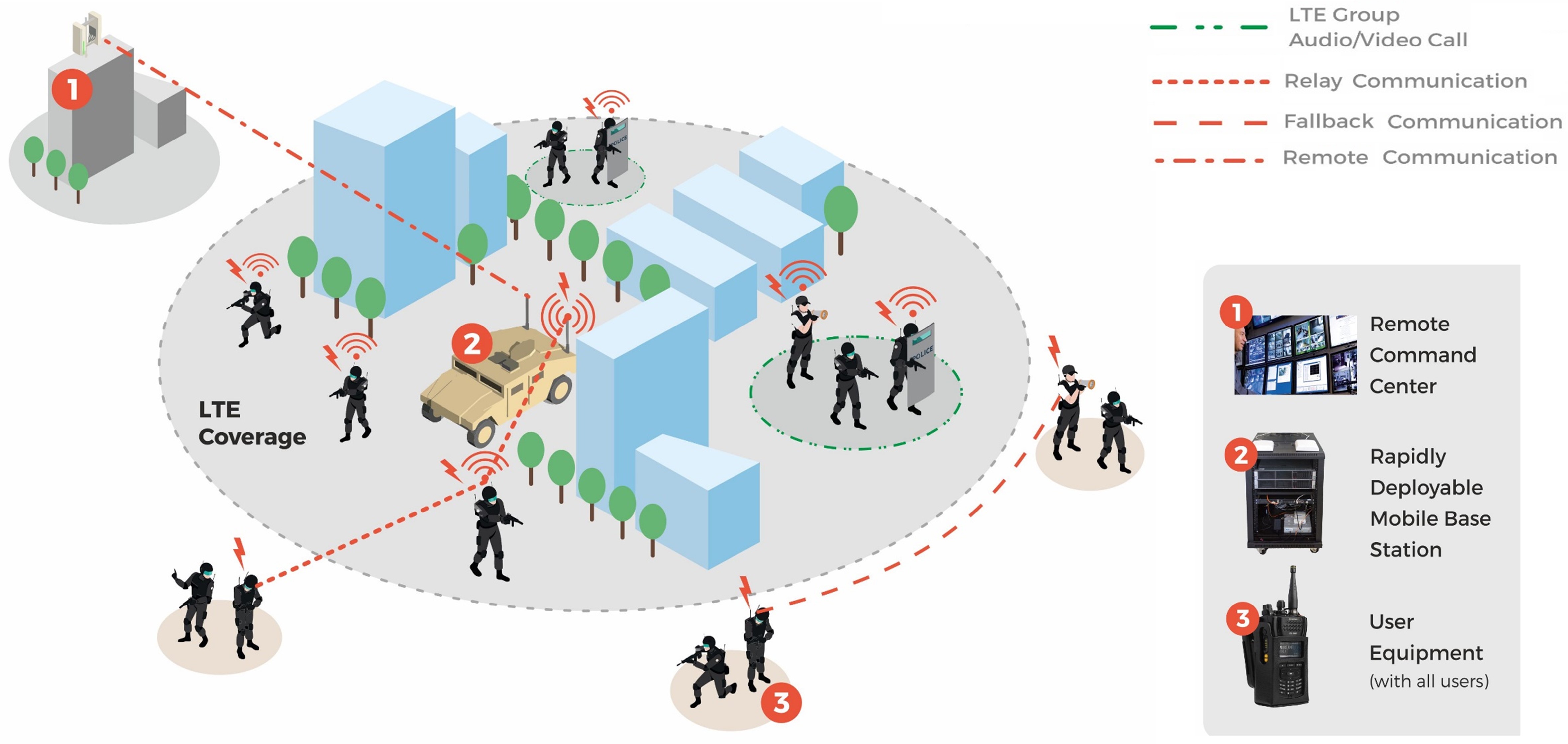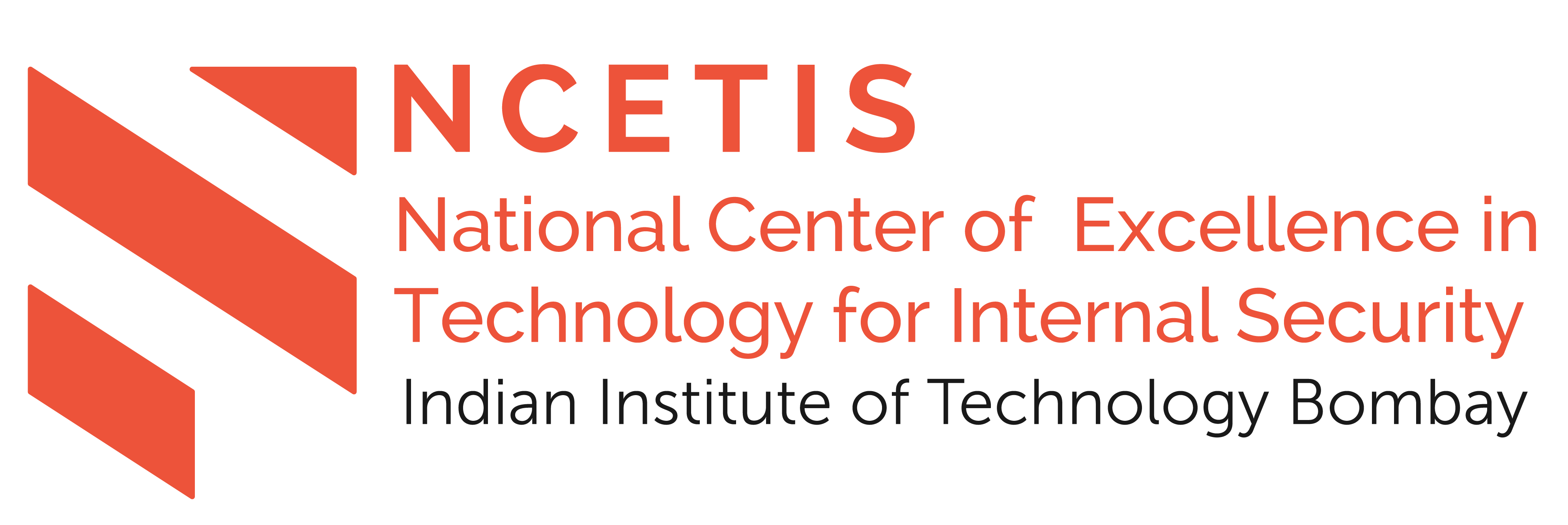Broadband Communication System for PPDR
Prof. Abhay Karandikar & Prof. Prasanna Chaporkar
This communication system used for PPDR will facilitate Push-to-Talk calling as well as real-time video streaming by first responders (police/anti-terrorist forces/disaster response teams) to maintain direct communication between team members in the field and provide a global view of the operation at a single point. The system will be tailored as per the SOPs of the PPDR agency and will also be capable of providing a way to inter-work with their current LMR technology, thus providing them with an option to transition and evolve towards using PS-LTE for PPDR communication.
An Emergency Communication System is a system typically used by law enforcement agencies, disaster management teams, fire/medical emergency providers, emergency/public warning systems to provide timely information, public safety, and recovery. In the present day, only narrowband communication systems are deployed for Public Protection and Disaster Recovery (PPDR) purposes in our country. Such systems typically operate on spot frequencies to support only two-way voice communications, with little or no inherent support for multimedia services. These technologies are not capable of supporting the transfer of high-speed data, which is required for an effective PPDR operation.

Also, the existing Indian security infrastructure based on such systems is not capable of highly secure communication, thereby allowing easy access to critical information by rogue entities. Third Generation Partnership Project’s (3GPP’s) Long Term Evolution (LTE)-Advanced technology is emerging as the de-facto world-wide standard for a mission-critical wireless broadband based communication system. Commonly deployed narrowband PPDR standards such as Terrestrial Trunk Radio (TETRA) and Project 25 (P25) are also moving towards a mobile broadband technology solution. It is therefore imperative for India to upgrade its PPDR infrastructure by leveraging state of the art wireless broadband communication system to support high-speed data transfer and to ensure secure communication between Indian security agencies.
In order to deploy a wireless broadband communication system for mission-critical communication and to pave the way for the enhancement of the public safety communication ecosystem in India, NCETIS is designing a system to facilitate audio as well as real-time video streaming by emergency service providers to maintain direct communication between team members in the field and to provide a global view of the operation at a single point. This system shall:
• leverage 3GPP standards on emergency communication and (LTE)-Advanced technology
• enable faster call setup, enhanced real-time video communication, and rapid exchange of contextual data
• be highly portable and rapidly deployable
• facilitate Push-to-Talk and Group communication
• operate in Sub-GHz frequency band
• comprise of a Client Unit (CU) and a portable Base Station
• provide integration of Base Station with a Control Center that can remotely monitor the ongoing operation
• support peer-to-peer communication when Base Station is unreachable
• provide secure communication between peers
